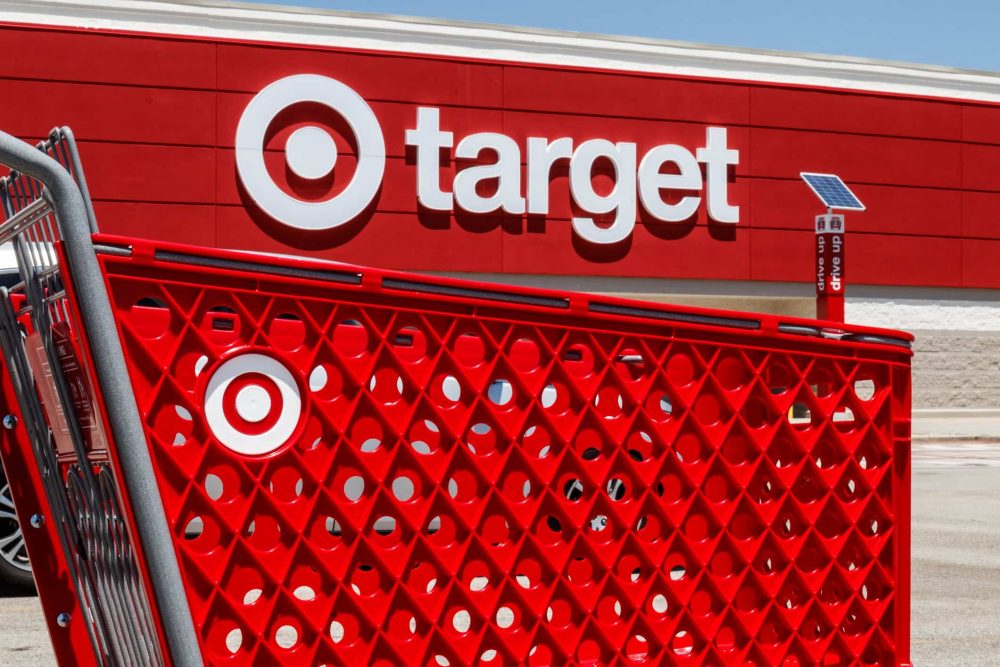Weak quarterly earnings have revealed why Target has slashed prices on thousands of household staples: it is struggling to attract bargain hunters.
Target isn’t alone in this battle; other retailers and some restaurants are also racing to offer low prices to win over customers.
Target’s first-quarter results highlight American consumers are becoming more selective with spending due to sustained inflation, which has squeezed their budgets for nearly three years.
The company’s declining sales illustrate the intensified competition for shoppers’ wallets.
Walmart recently announced its grocery “rollbacks” — short-term deals on specific items — increased by 45 percent year over year in April.
The company also introduced a new premium grocery brand with most items priced under $5.
Aldi followed suit by dropping prices on over 250 items, including chicken, steak, granola bars, and frozen blueberries.
Even McDonald’s is launching a limited-time $5 value meal in late June as some diners balk at the rising cost of fast food.
Target has already reduced prices on approximately 1,500 items and plans to cut prices on thousands more this summer.
Target’s sales drops show the intensified competition for shoppers’ wallets
Many of these items are everyday staples like milk, peanut butter, and diapers.
The trend of major grocers and restaurants cutting prices or offering deals could relieve checkout, especially as consumer prices are climbing more than three percent from last year.
This trend could also give the Federal Reserve more confidence to cut interest rates.
However, the revenue lost from lower prices might force businesses to cut back elsewhere, potentially affecting labor costs.
During the company’s earnings call, analysts questioned Target’s timing and reasoning behind the price cuts.
Target declined to share details about who would bear the cost.
Chief Growth Officer Christina Hennington emphasized the company’s commitment to passing savings on to customers to drive traffic.
Some businesses, like Chipotle and Sweetgreen, have retained customers despite maintaining the same or higher prices.
However, Target’s earnings report revealed a decline in sales of discretionary merchandise such as clothing and higher-frequency items like groceries and paper towels.
Need Career Advice? Get employment skills advice at all levels of your career
This suggests that some customers may be choosing Walmart instead.
Walmart reported a 3.8 percent increase in transactions and a 22 percent rise in e-commerce purchases in the U.S. during the most recent quarter.
Walmart’s finance chief, John David Rainey, mentioned that the retail giant is gaining customers from higher-income households.
Some visit Walmart stores for meals due to sticker shock at fast-food chains.
Target CEO Brian Cornell stated that the company focuses on value to regain growth.
Target has introduced Dealworthy, a new private brand offering low prices on basic items like laundry detergent and paper plates.
The retailer plans to apply similar pricing strategies to seasonal items to attract more customers with affordable pool noodles, floats, and coolers for the summer.




